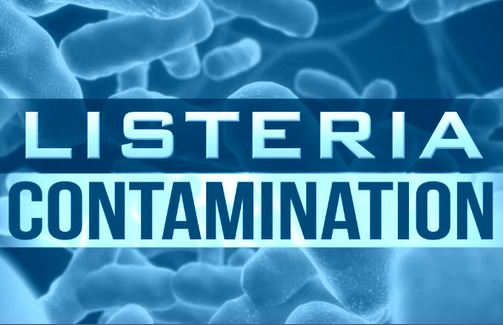Listeria monocytogenes (LM) contamination of produce can often be traced back to the environment of packinghouses and fresh-cut facilities. Environmental “routine sampling” plans for LM and other Listeria spp. were developed and implemented in three packinghouses and five fresh-cut facilities in the United States. A total of 2,014 sponge samples were collected over six to eight separate samplings per operation. They were performed over 1 year; vector and preproduction samples (n= 156) were also collected as needed to follow up on positive findings. LM prevalence varied from 0.8 to 5.8% for packinghouses and <0.4 to 1.6% for fresh-cut facilities. Validation sampling found a statistically significant higher LM prevalence compared with routine sampling for three of eight operations. 17 of 77 sponges that were positive for LM were positive at only one enrichment time (i.e., 24 or 48 h), indicating that LM testing after two different enrichment times provides enhanced sensitivity. The study supports the importance of either (i) a molecular screen of the enrichment media or (ii) chromogenic differential media when testing environmental samples specifically for LM. @ https://meridian.allenpress.com/jfp/article/83/10/1656/435359/Detection-and-Prevalence-of-Listeria-in-U-S

